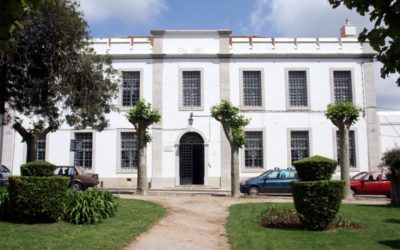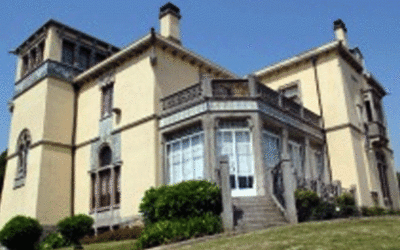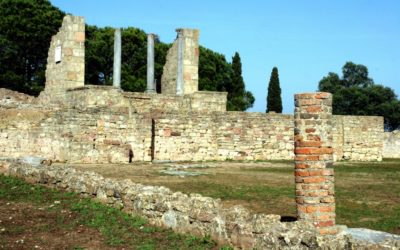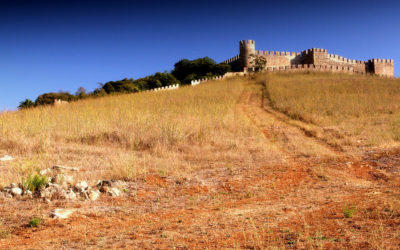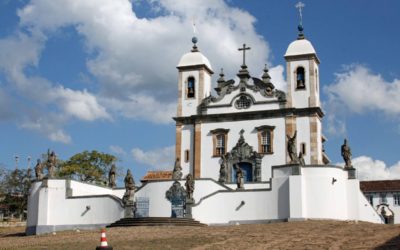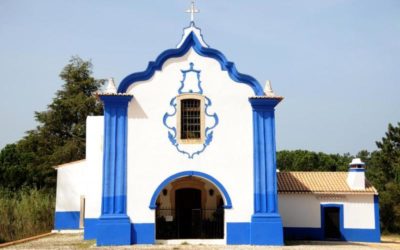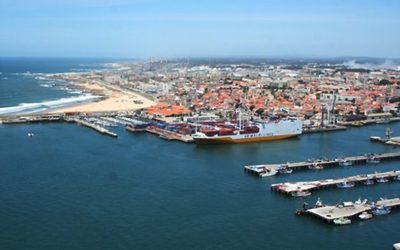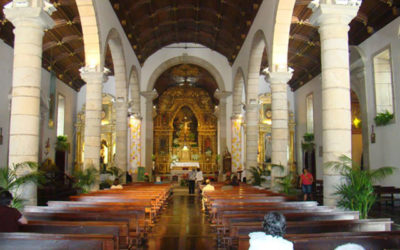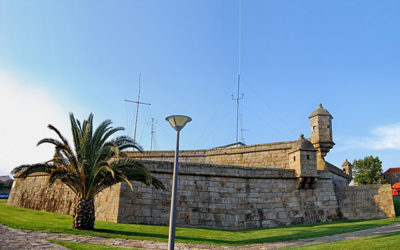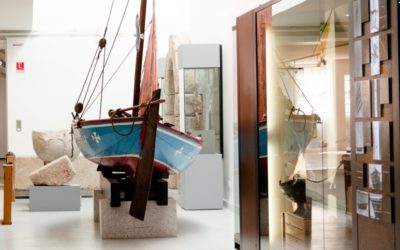Santiago do Cacém Municipal Museum
Amongst the museum’s collections, attention is drawn to its displays of numismatics and archaeology, the latter depicting the human occupation of the region since the Upper Palaeolithic era. In the ethnographic collection, attention is drawn to the typical Alentejo kitchen, to which has been added a recreation of a humble bedroom. This is contrasted with […]
